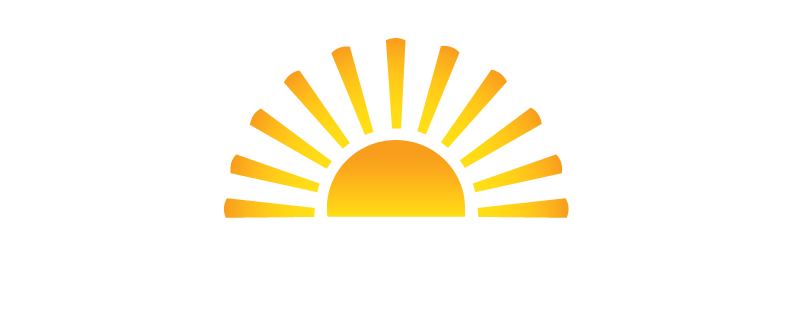Dorsal Root Ganglion (DRG) stimulation is an advanced pain management therapy developed by Abbott. It is specially designed to provide relief from chronic neuropathic pain of the extremities.
Neuropathic pain results from damage to or malfunction of nerves. Nerves are the organs responsible for transmitting electrical and chemical signals all over the body. These signals are interpreted by the brain, and then the brain tells the body how to respond.
In the event that these nerves become aggravated, damaged, or begin to “malfunction, the body responds with the sensation of pain. If the nerves suffer severe trauma or are exposed to consistent aggravation, or stop working correctly, chronic neuropathic pain may develop. Chronic neuropathic pain can be challenging to treat because it is often difficult to pinpoint the location and source of nerve damage.
Learn more about neuropathic pain>>
What is the dorsal root ganglion?
The peripheral nervous system includes all the nerves that lead to and from the spinal cord. The dorsal root ganglion is a densely packed cluster of neurons that carry sensory signals from the peripheral nervous system to the central nervous system, which includes your spinal cord and brain.
The DRG are located near the dorsal root of a spinal nerve. Imagine the spine as a tree. If the nerves of the main spinal cord are the “trunk,” then the dorsal roots are where the “branches” begin.
 The dorsal roots are the starting points for nerves that extend out to the furthest extremities. Since this is where the DRG are located, they receive sensory stimuli (such as pain) that originate in more distant parts of the body, such as the feet, legs, or arms.
The dorsal roots are the starting points for nerves that extend out to the furthest extremities. Since this is where the DRG are located, they receive sensory stimuli (such as pain) that originate in more distant parts of the body, such as the feet, legs, or arms.
What is Dorsal Root Ganglion (DRG) Stimulation?
DRG stimulation relieves extremity pain by applying electric pulses to the dorsal root ganglion. The DRG stimulator device consists of a pair of leads (thin, specialized wires) and a pulse generator (a kind of battery about the size of a silver dollar).
 A physician places the leads into the epidural space, where the DRG is. The battery is implanted in either the upper buttock or into the abdominal wall. The leads are then connected to the generator.
A physician places the leads into the epidural space, where the DRG is. The battery is implanted in either the upper buttock or into the abdominal wall. The leads are then connected to the generator.
Twin Cities Pain Clinic is one of Minnesota’s premier providers of DRG stimulation therapy. The list of physicians who are trained to perform the highly complex DRG stimulator implant procedure is short. Luckily, all four of our highly skilled physicians are among that select few.
If you are suffering from a chronic pain condition that affects the extremities, such as complex regional pain syndrome (CRPS) or peripheral neuropathy, schedule an appointment at Twin Cities Pain Clinic and see if DRG stimulation can provide you with the relief you deserve.





